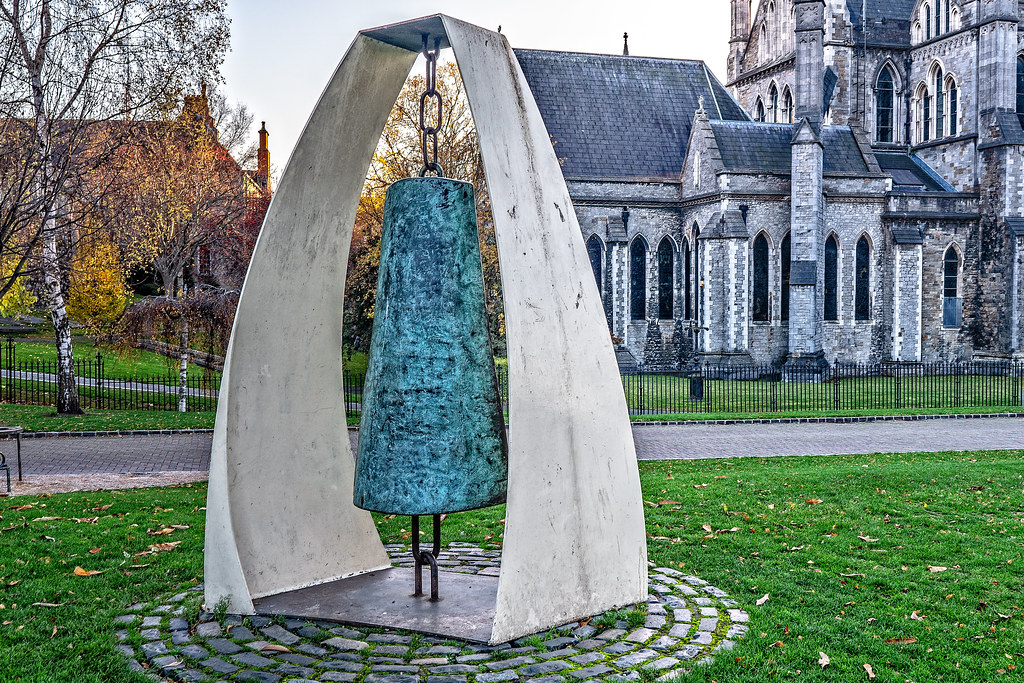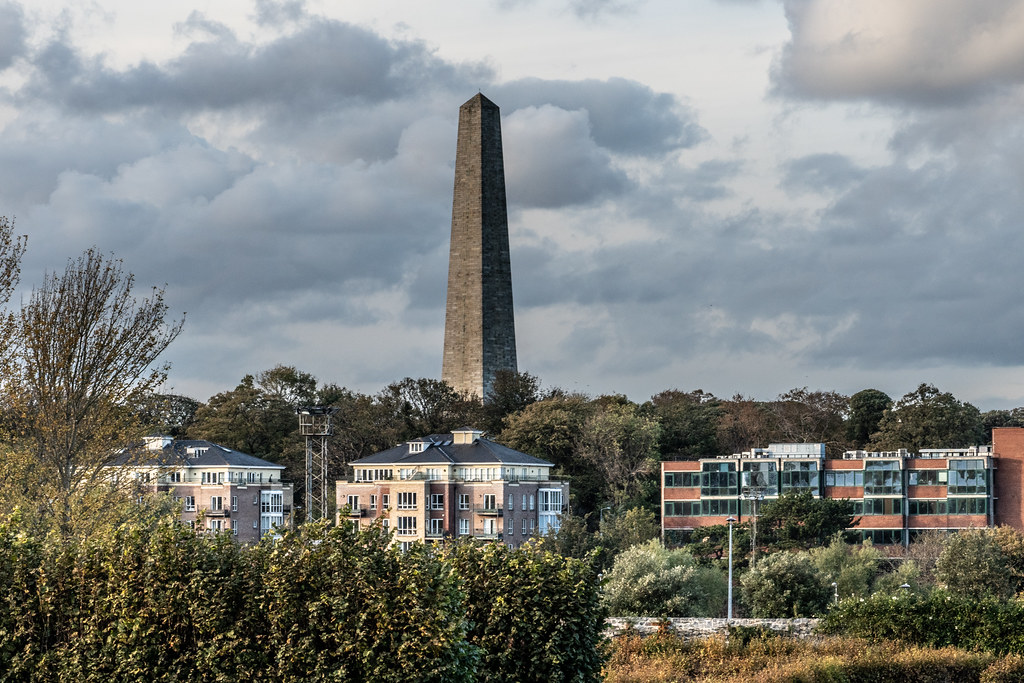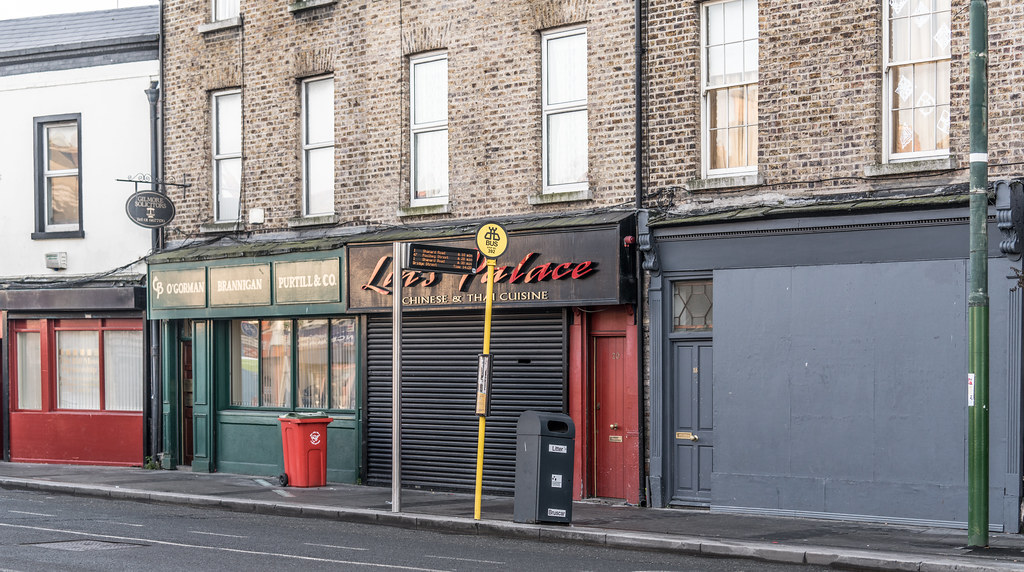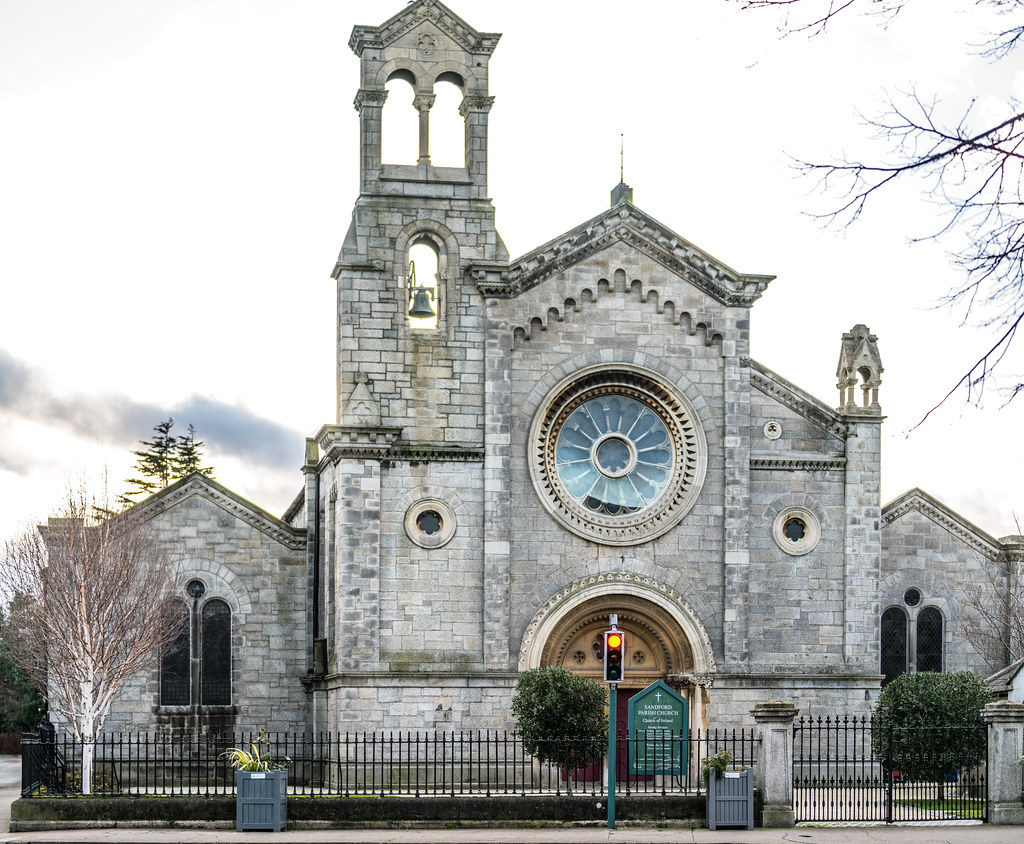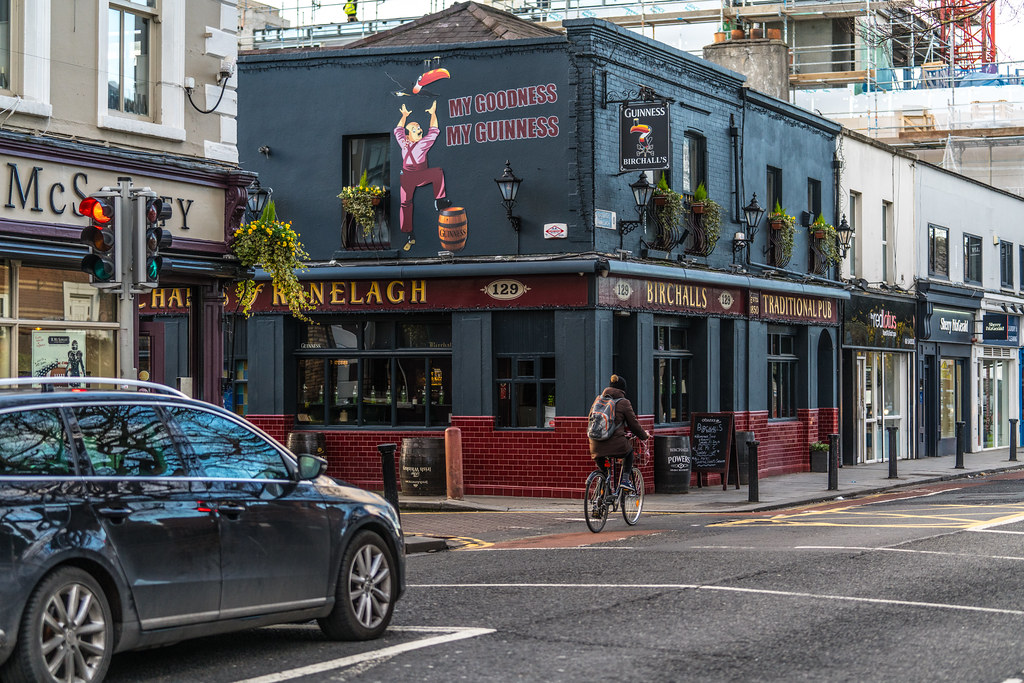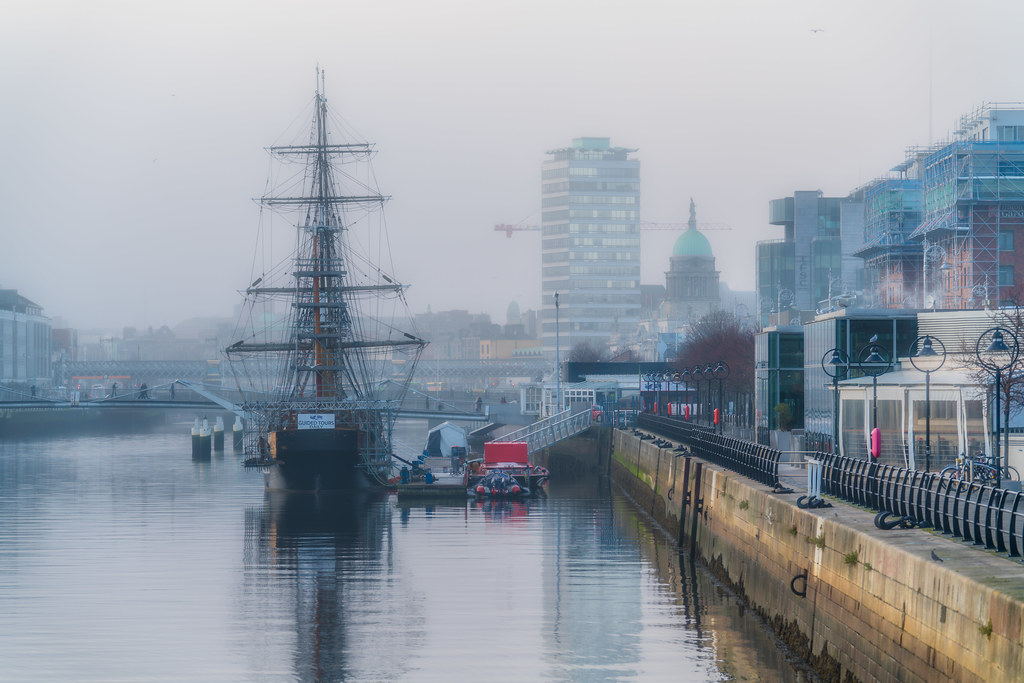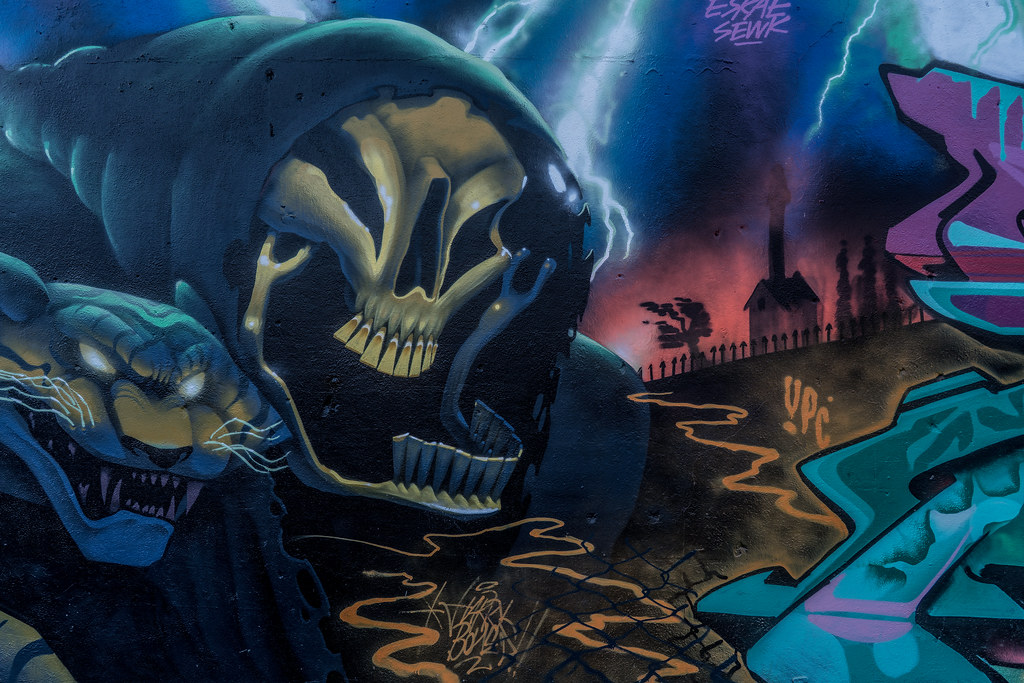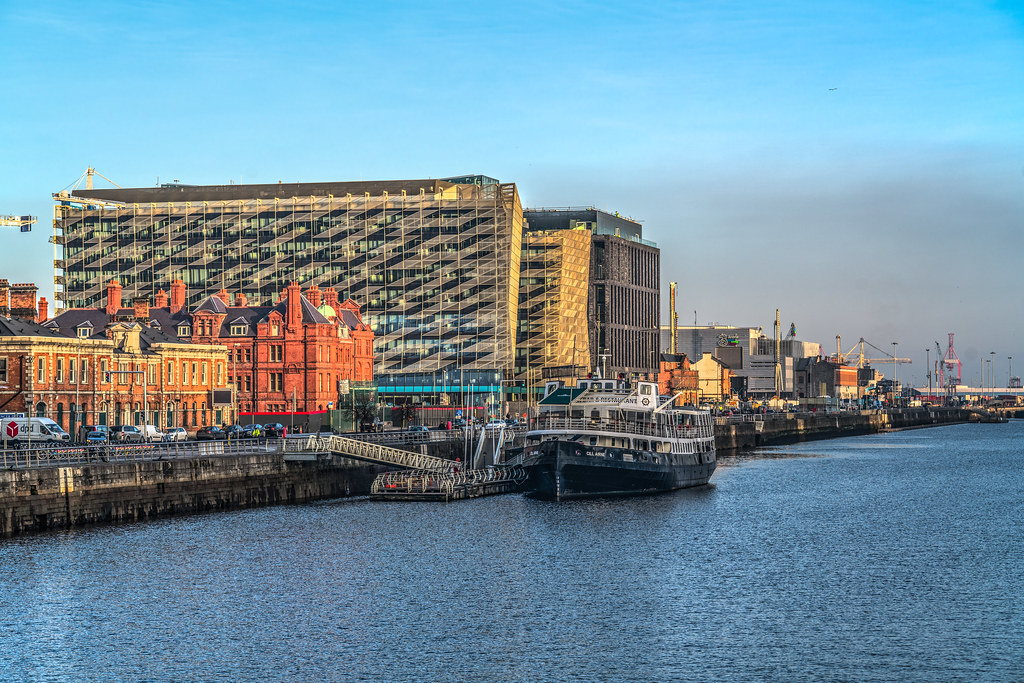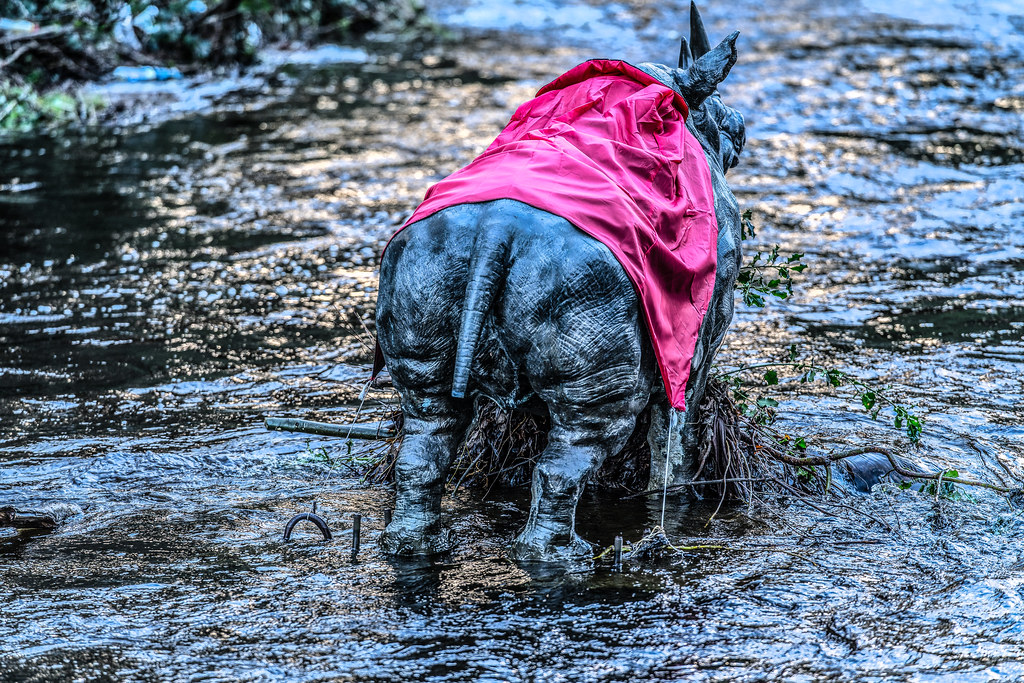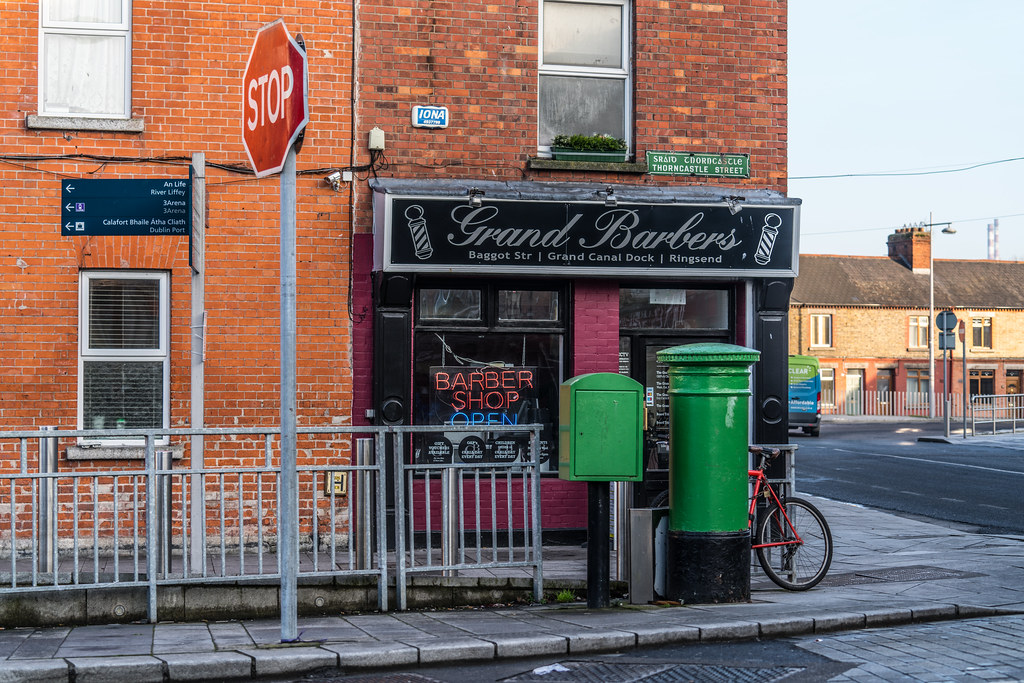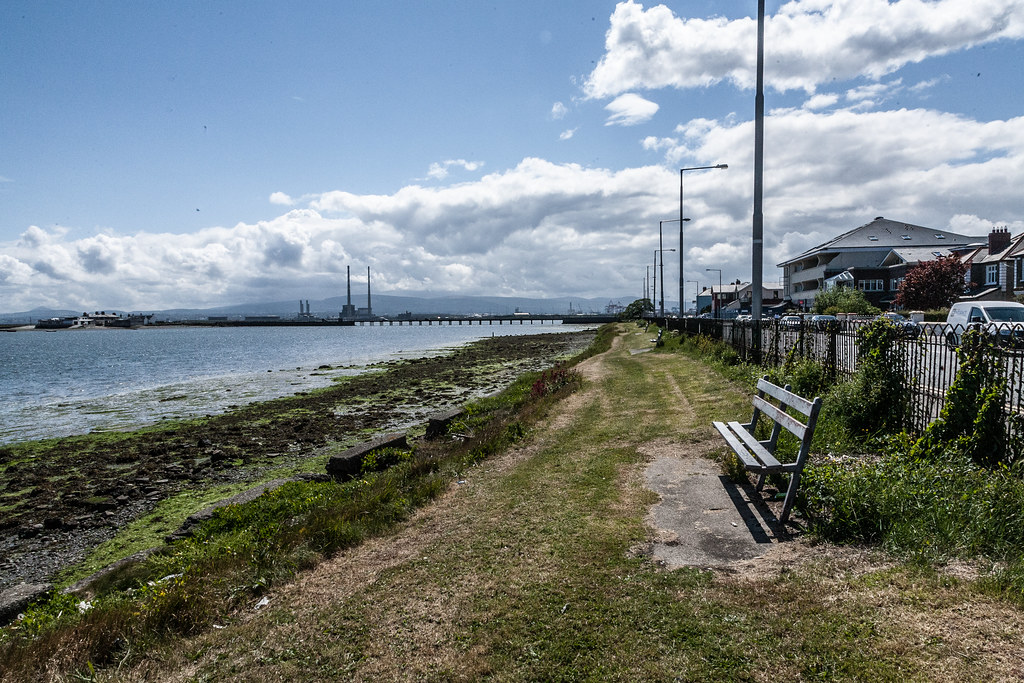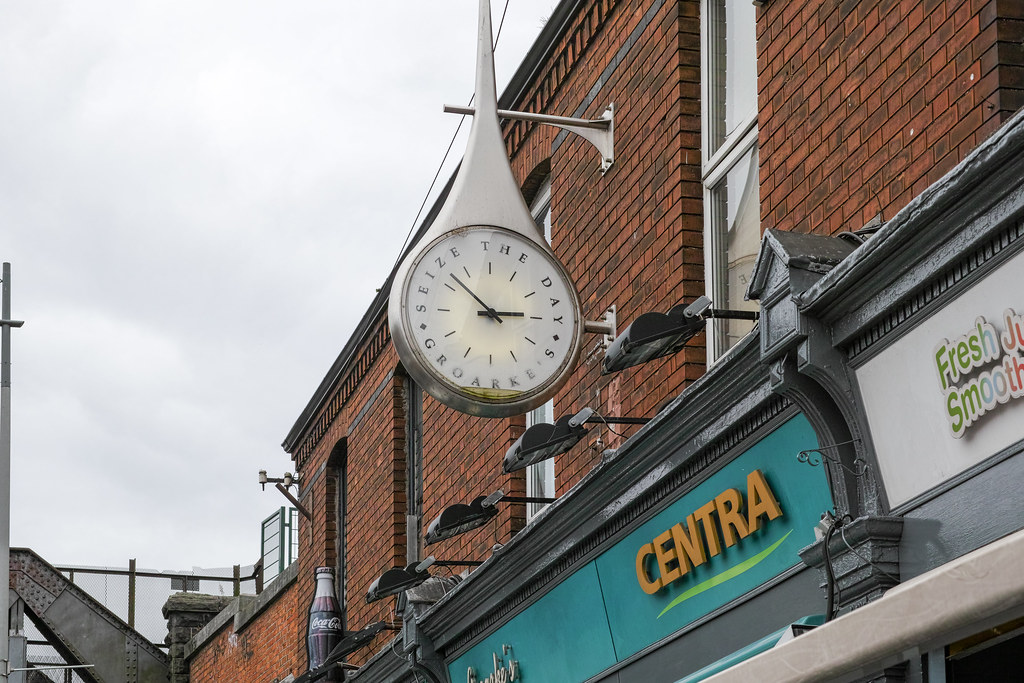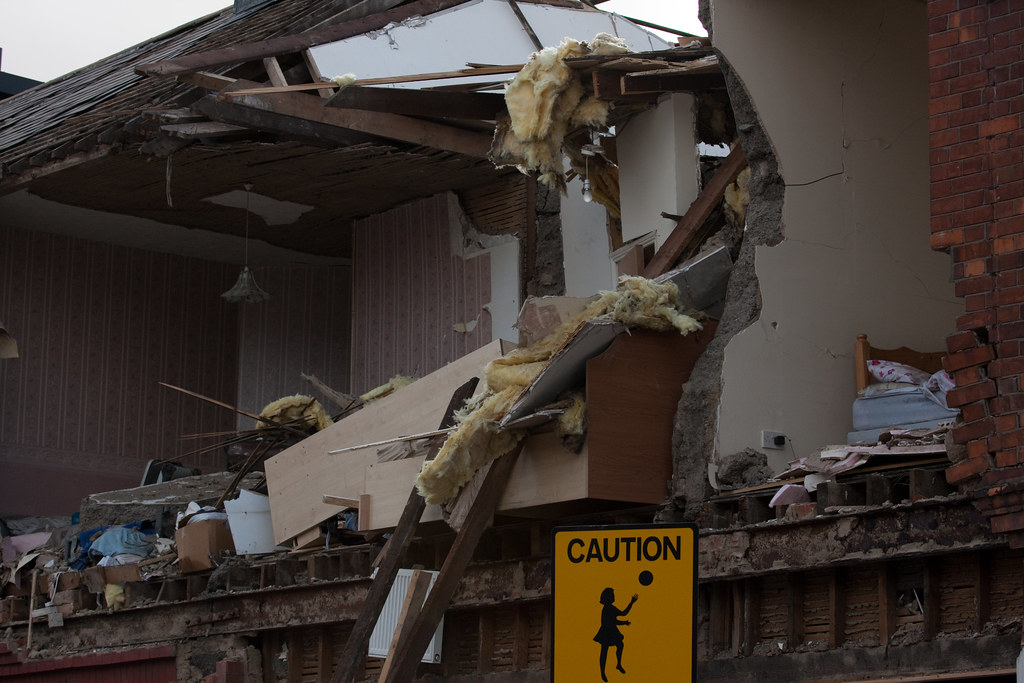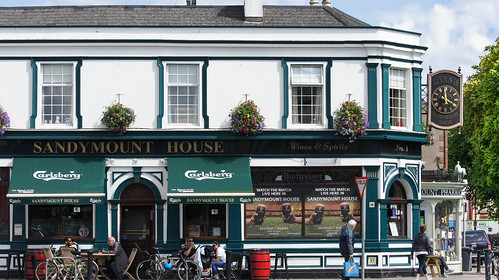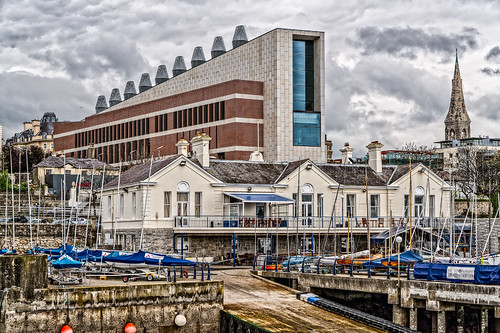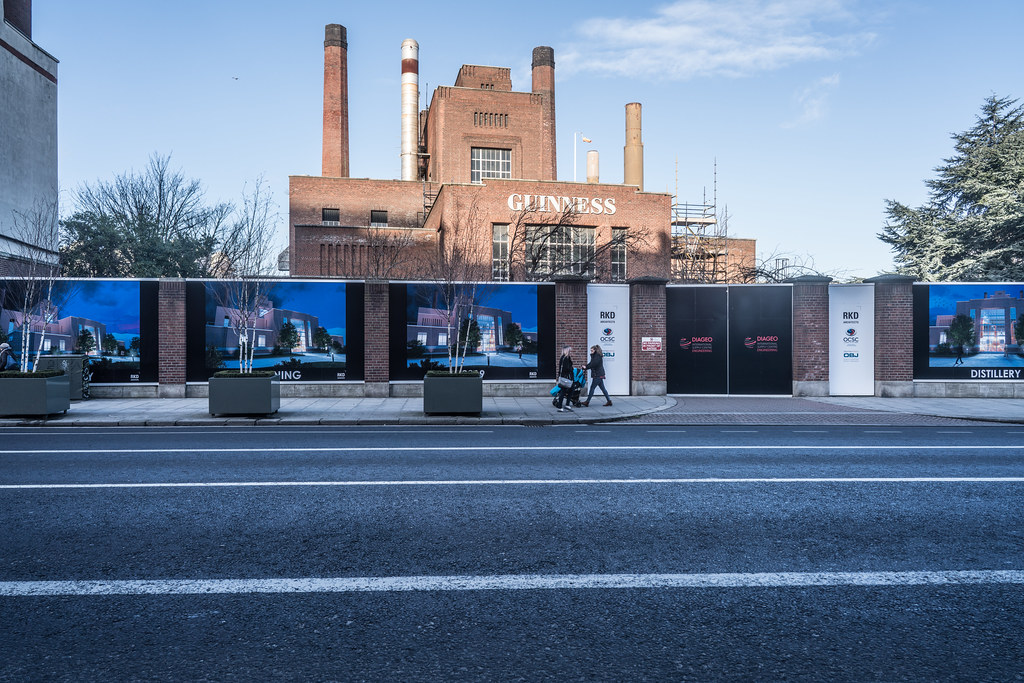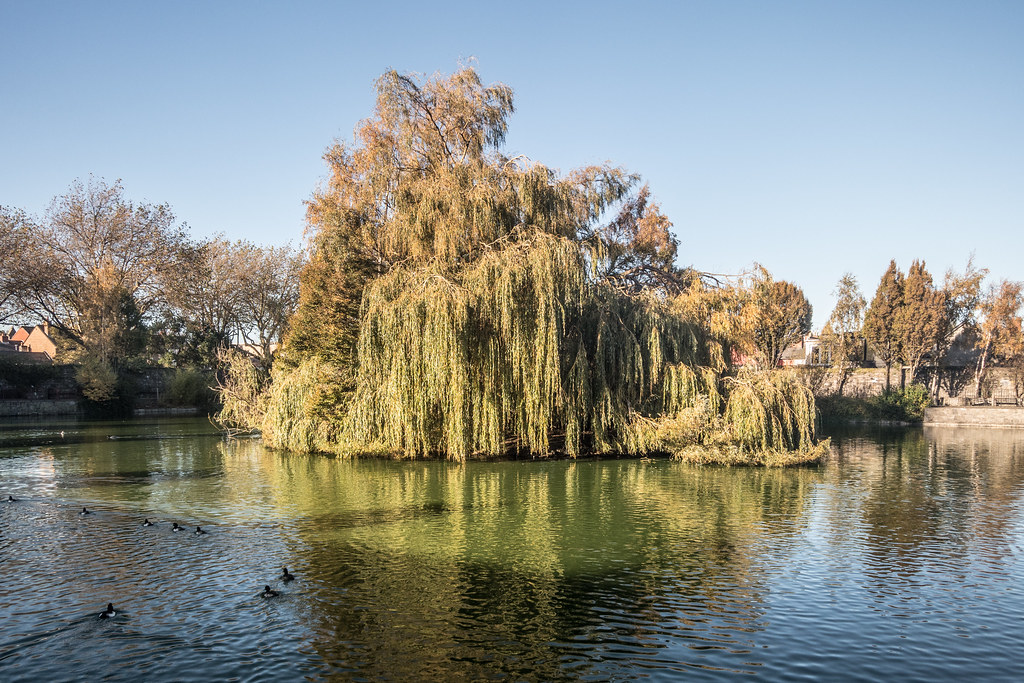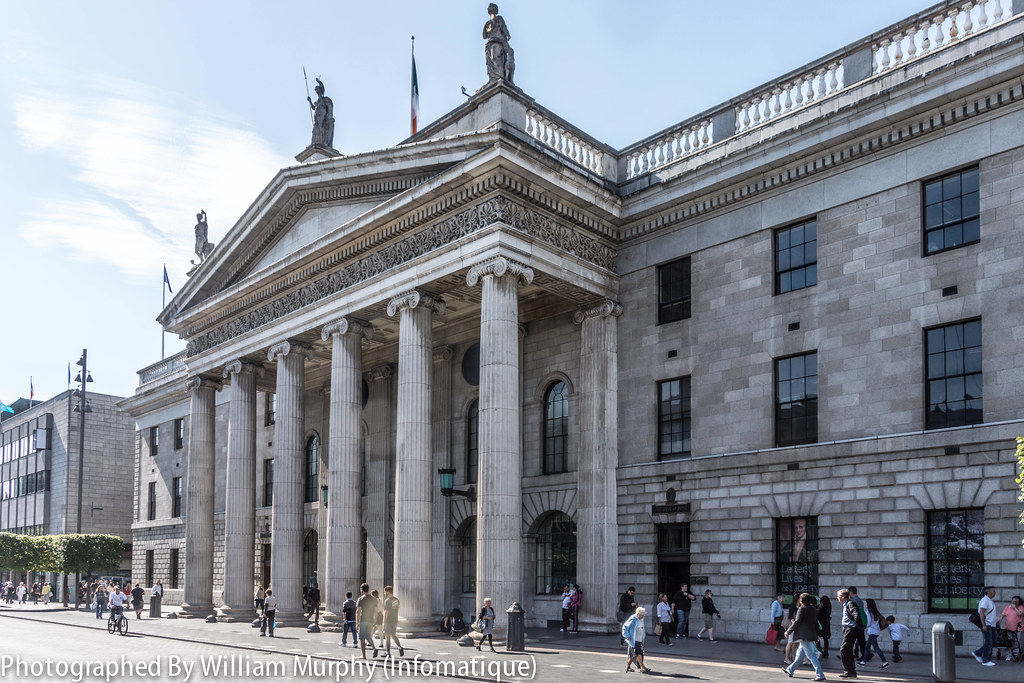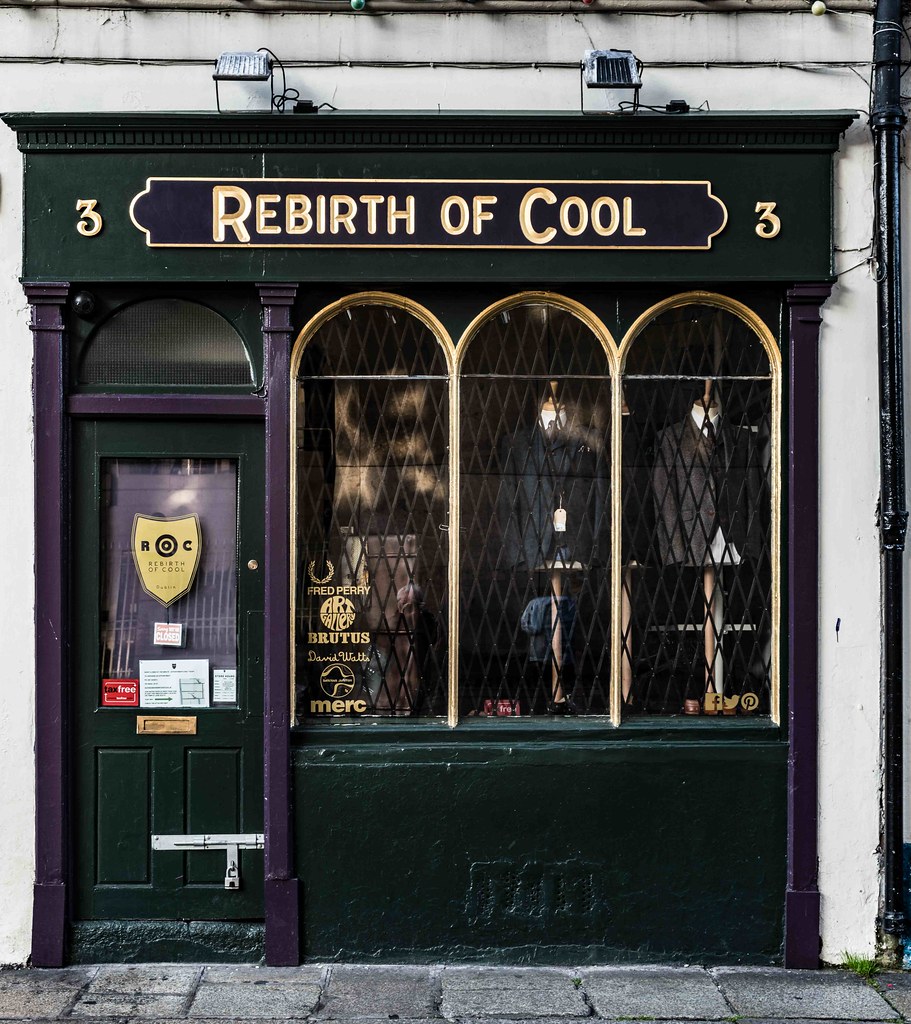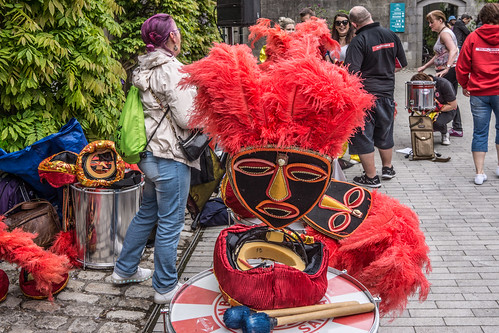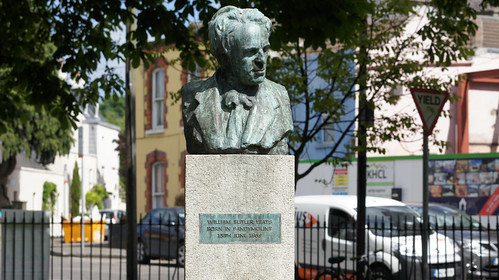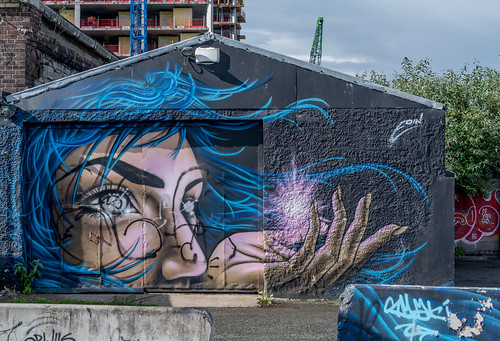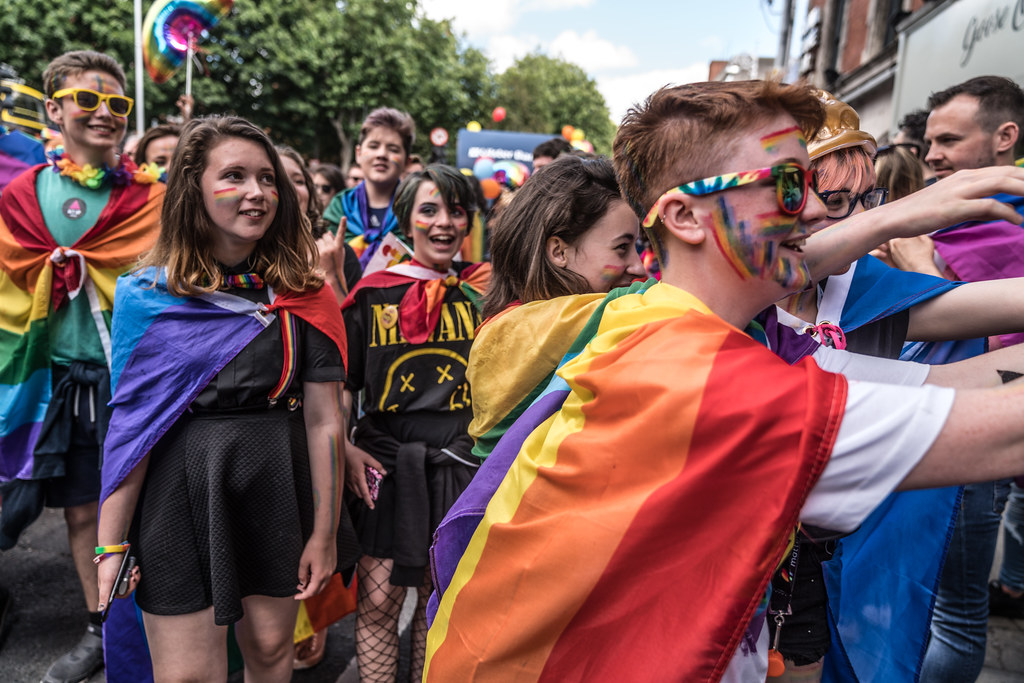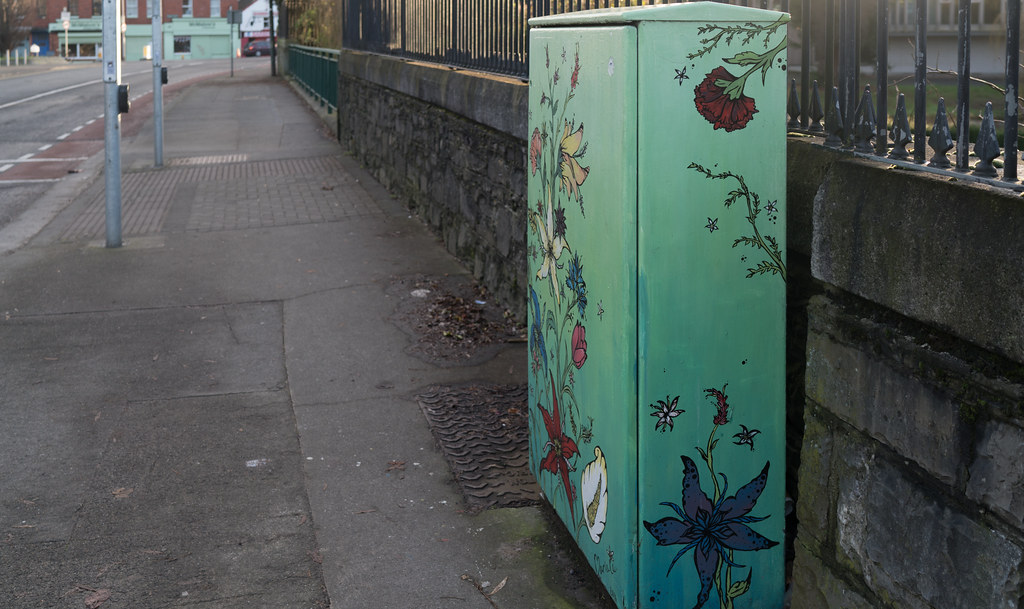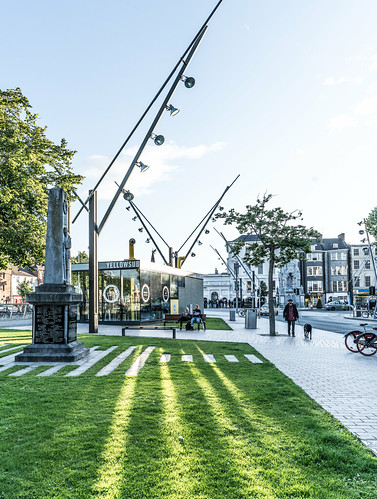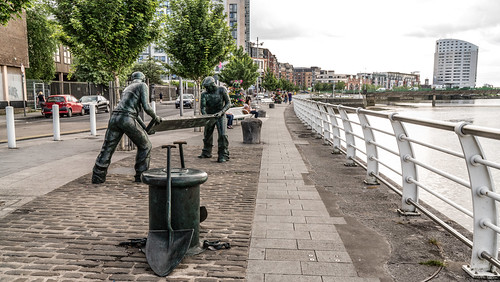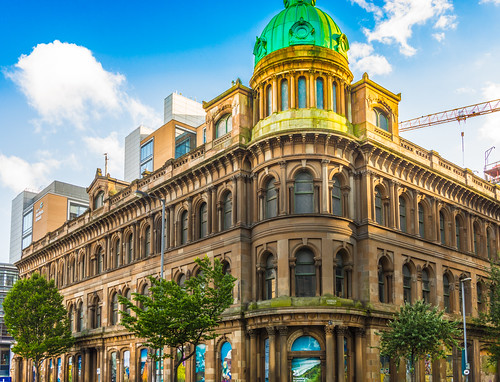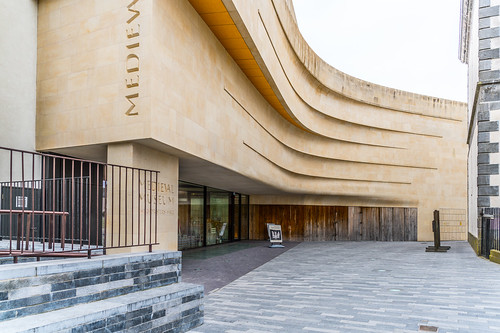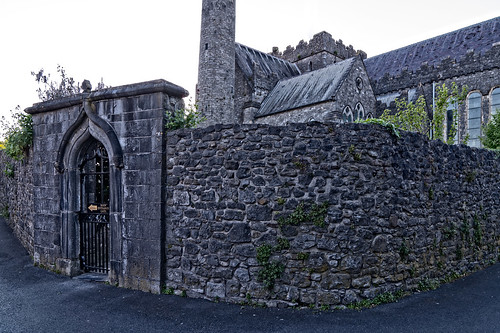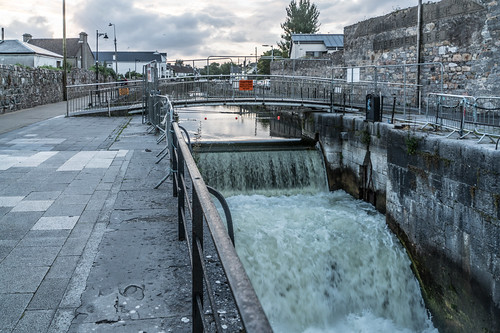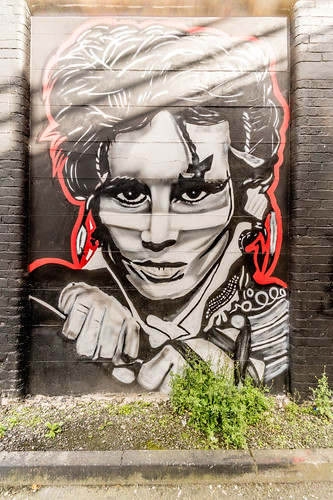THE ACTUAL STREETS OF THE CITY PHOTOGRAPHED BY WILLIAM MURPHY
-

NOVEMBER 2019
-

OCTOBER 2019
-

SEPTEMBER 2019
-

AUGUST 2019
-

JULY 2019
-

JUNE 2019
-

MAY 2019
-

APRIL 2019
-

PATRICKS FESTIVAL 2019
-

MARCH 2019
-

FEBRUARY 2019
-

JANUARY 2019
-

DECEMBER 2018
-

NOVEMBER 2018
-

OCTOBER 2018
-

SEPTEMBER 2018
-

AUGUST 2018
-

JULY 2018
-

JUNE 2018
-

MAY 2018
-

APRIL 2018
-

MARCH 2018
-

FEBRUARY 2018
-

JANUARY 2018
-

DECEMBER 2017
-

SCULPTURE IN CONTEXT
-

BARBERS SHOPS
-

DERELICT
-

AREAS OF DUBLIN
-

ACTUAL STREETS
-

PUBLIC CLOCKS
-

EMERGENCY
-

TRANSPORT
-

RED METAL
-

RELIGION
-

PUBS
-

RESTAURANT
-

RIVERS + CANALS
-

TOWNS + VILLAGES
-

DUBLIN CASTLE
-

GUINNESS
-

PUBLIC PARKS
-

FOUNTAINS
-

PUBLIC GARDENS
-

PLACES OF INTEREST
-

BRIDGES
-

DOORS OF DUBLIN
-

SHOPS
-

FESTIVALS
-

PUBLIC ART
-

STREET ART
-

EVENTS
-

PRIDE 2017
-

STREET ART 2018
-

SCULPTURE IN CONTEXT
-

BOATS AND SHIPS
Dublin is administered by a City Council. The city is listed by the Globalisation and World Cities Research Network (GaWC) as a global city, with a ranking of "Alpha-", which places it amongst the top thirty cities in the world.It is a historical and contemporary centre for education, the arts, administration, economy and industry.
Dublin is situated at the mouth of the River Liffey and encompasses a land area of approximately 115 square kilometres in east-central Ireland. It is bordered by a low mountain range to the south and surrounded by flat farmland to the north and west. The Liffey divides the city in two between the Northside and the Southside. Each of these is further divided by two lesser rivers – the River Tolka running southeast into Dubin Bay, and the River Dodder running northeast to the mouth of the Liffey. Two further water bodies – the Grand Canal on the southside and the Royal Canal on the northside – ring the inner city on their way from the west and the River Shannon.
The River Liffey bends at Leixlip from a northeasterly route to a predominantly eastward direction, and this point also marks the transition to urban development from more agricultural land usage.
A north-south division did traditionally exist, with the River Liffey as the divider. The Northside was generally seen as working class, while the Southside was seen as middle to upper-middle class. The divide was punctuated by examples of Dublin "sub-culture" stereotypes, with upper-middle class constituents seen as tending towards an accent and demeanour synonymous with the Southside, and working-class Dubliners seen as tending towards characteristics associated with Northside and inner-city areas. Dublin's economic divide was also previously an east-west as well as a north-south. There were also social divisions evident between the coastal suburbs in the east of the city, including those on the Northside, and the newer developments further to the west.
In some tourism and real-estate marketing contexts, Dublin is sometimes divided into a number of quarters or districts. These include, the 'Medieval Quarter' (in the area of Dublin Castle, Christ Church and St Patrick's Cathedral and the old city walls), the 'Georgian Quarter' (including the area around St Stephen's Green, Trinity College, and Merrion Square), the 'Docklands Quarter' (around the Dublin Docklands and Silicon Docks), the 'Cultural Quarter' (around Temple Bar), and 'Creative Quarter' (between South William Street and George's Street).
There are many green-spaces around the city, and Dublin City Council manages over 1,500 hectares (3,700 acres) of parks. Public parks include the Phoenix Park, Herbert Park and St Stephen's Green. The Phoenix Park is about 3 km (2 miles) west of the city centre, north of the River Liffey. Its 16-kilometre (10 mi) perimeter wall encloses 707 hectares (1,750 acres), making it one of the largest walled city parks in Europe. It includes large areas of grassland and tree-lined avenues, and since the 17th century has been home to a herd of wild Fallow deer. The residence of the President of Ireland (Áras an Uachtaráin), which was built in 1751, is located in the park. The park is also home to Dublin Zoo, the official residence of the United States Ambassador and Ashtown Castle. Music concerts are also sometimes held in the park.
St Stephen's Green is adjacent to one of Dublin's main shopping streets, Grafton Street, and to a shopping centre named for it, while on its surrounding streets are the offices of a number of public bodies and the city terminus of one of Dublin's Luas tram lines. Saint Anne's Park is a public park and recreational facility, shared between Raheny and Clontarf, both suburbs on the North Side of Dublin. The park, the second largest municipal park in Dublin, is part of a former 2-square-kilometre (0.8 sq mi; 500-acre) estate assembled by members of the Guinness family, beginning with Benjamin Lee Guinness in 1835 (the largest municipal park is nearby (North) Bull Island, also shared between Clontarf and Raheny).
Dublin has many landmarks and monuments dating back hundreds of years. One of the oldest is Dublin Castle, which was first founded as a major defensive work on the orders of England's King John in 1204, shortly after the Norman invasion of Ireland in 1169, when it was commanded that a castle be built with strong walls and good ditches for the defence of the city, the administration of justice, and the protection of the King's treasure. Largely complete by 1230, the castle was of typical Norman courtyard design, with a central square without a keep, bounded on all sides by tall defensive walls and protected at each corner by a circular tower. Sited to the south-east of Norman Dublin, the castle formed one corner of the outer perimeter of the city, using the River Poddle as a natural means of defence.
One of Dublin's newest monuments is the Spire of Dublin, or officially titled "Monument of Light". It is a 121.2-metre (398 ft) conical spire made of stainless steel and is located on O'Connell Street. It replaces Nelson's Pillar and is intended to mark Dublin's place in the 21st century. The spire was designed by Ian Ritchie Architects, who sought an "Elegant and dynamic simplicity bridging art and technology". The base of the monument is lit and the top is illuminated to provide a beacon in the night sky across the city. The Book of Kells, located in the library of Trinity College, Dublin, is one of the city's most visited sites. The Book of Kells is an illustrated manuscript created by Irish monks circa 800 AD. The Ha'penny Bridge, an iron footbridge over the River Liffey, is one of the most photographed sights in Dublin and is considered to be one of Dublin's most iconic landmarks.
Other landmarks and monuments include the Mansion House, the Anna Livia monument, the Molly Malone statue, Christ Church Cathedral, St Patrick's Cathedral, Saint Francis Xavier Church on Upper Gardiner Street near Mountjoy Square, The Custom House and Áras an Uachtaráin. The Poolbeg Towers are also landmark features of Dublin, and visible from various spots around the city.
SELECT THE CITY YOU WISH TO VISIT
COPYRIGHT INFORMATION BELOW APPLIES ONLY TO PHOTOGRAPHS

This work by William Murphy aka Infomatique is licensed under a Creative Commons Attribution-NonCommercial-ShareAlike 4.0 International License.
Permissions beyond the scope of this license may be available at https://excellentstreetimages.com/in-the-year-twentytwenty/copyright/.













